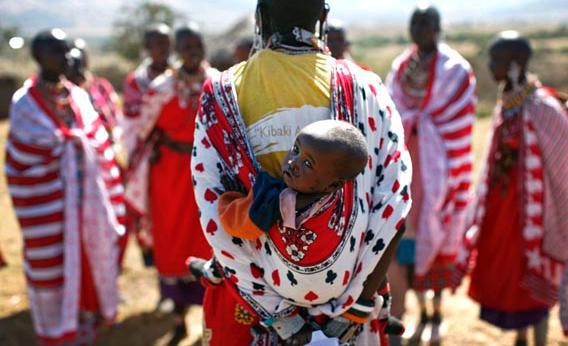For most of history, taking care of an infant has been a constant war against body functions. All victories were temporary, contingent. In the end, the excrement always wins.
For us consumerist moderns, this huge problem hardly seems like a problem: We have intricately spun plastic fibres that can soak up a seemingly endless stream of urine. You can wait to change the diaper until it threatens to outweigh the infant. But for centuries, diapers didn’t absorb the moisture so much as trap it. In swaddling cultures, the swaddling itself was far more cumbersome and complicated and rigorous than it is today. This compounded the problem: Once you’d swaddled an infant, you really didn’t want to undo the wrapping 10 minutes later just because the child went again. In Colonial America, it has been said that “most babies spent much of their first few months wrapped tightly in wet and soiled swaddling bands.”
Even aside from very early toilet-training, the solutions of many traditional cultures were often far more clever. The Chuckchi, who live in far eastern Russia, carried their babies in fur bags with flaps filled with dry moss. When the child cried, you changed the moss. As the Norwegian Harald Sverdrup observed in his 1938 book Among the Tundra People, “A young Chukchi wife who is expecting a baby does not collect strange baby things and fine dresses with lace on them; she collects a big sack full of moss, picks all the twigs and stones out of it, and dries it well. If she has been industrious, she has all the baby things she needs, and diaper-washing is no problem.” Even Mitt Romney could have handled changing these diapers: You took out the old moss and put in new moss.
In parts of northern China, infants were encased in sandbags, which was both diaper and baby sitter. The Navajo shredded the bark of the cliffrose shrub and stuffed it between a baby’s legs on the cradleboard. These solutions were ingenious but not without problems: In Siberia, when the moss froze, it sometimes froze to the baby.
But my favorite example is from Central Asia, where some cradleboards apparently had built-in “urine tubes.” According to a detailed description of the Kurdish version, infants were tightly swaddled with the softly wrapped wooden tube (“for a male child there is a circular opening at the head of the pipe, if for a female, an oval one”) held snugly in place. The end of the tube fit into a hole in the cradleboard’s base: In the winter, a bottle was placed under it; in the summer, the urine flowed right onto the floor.
If you are compiling a baby registry right now, look no further.
***
Nicholas Day’s book on the science and history of infancy, Baby Meets World, from which part of this post was taken, will be published in April. His website is nicholasday.net.
